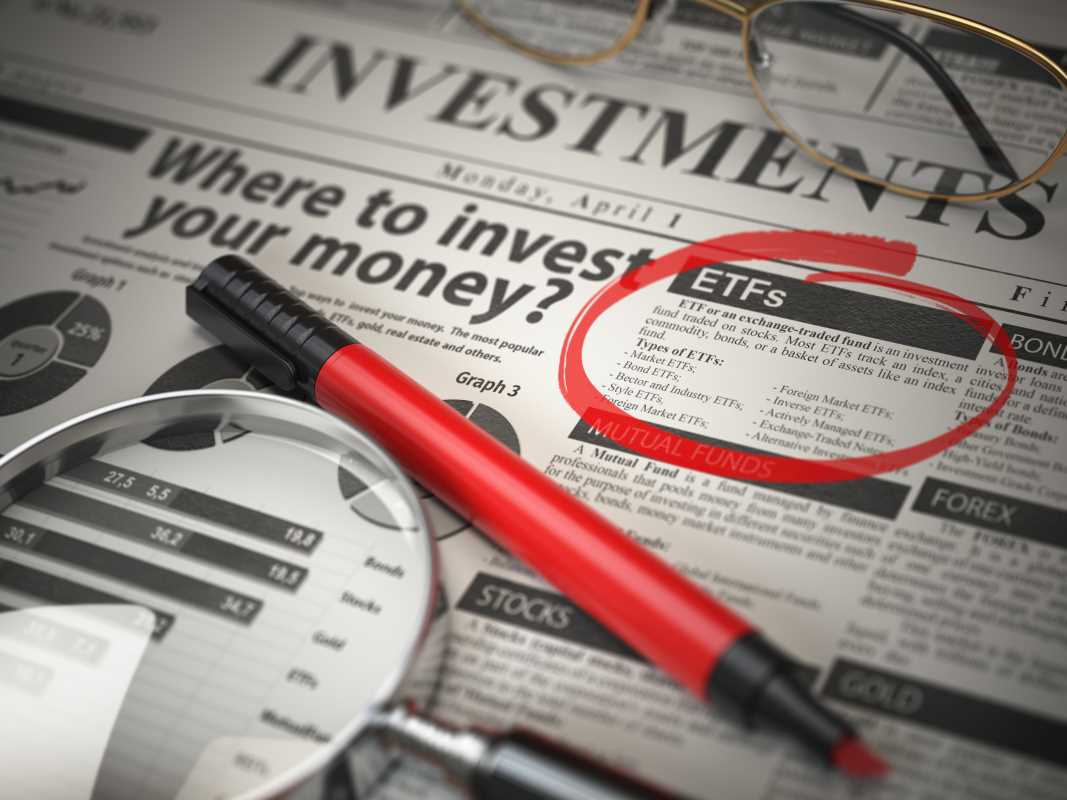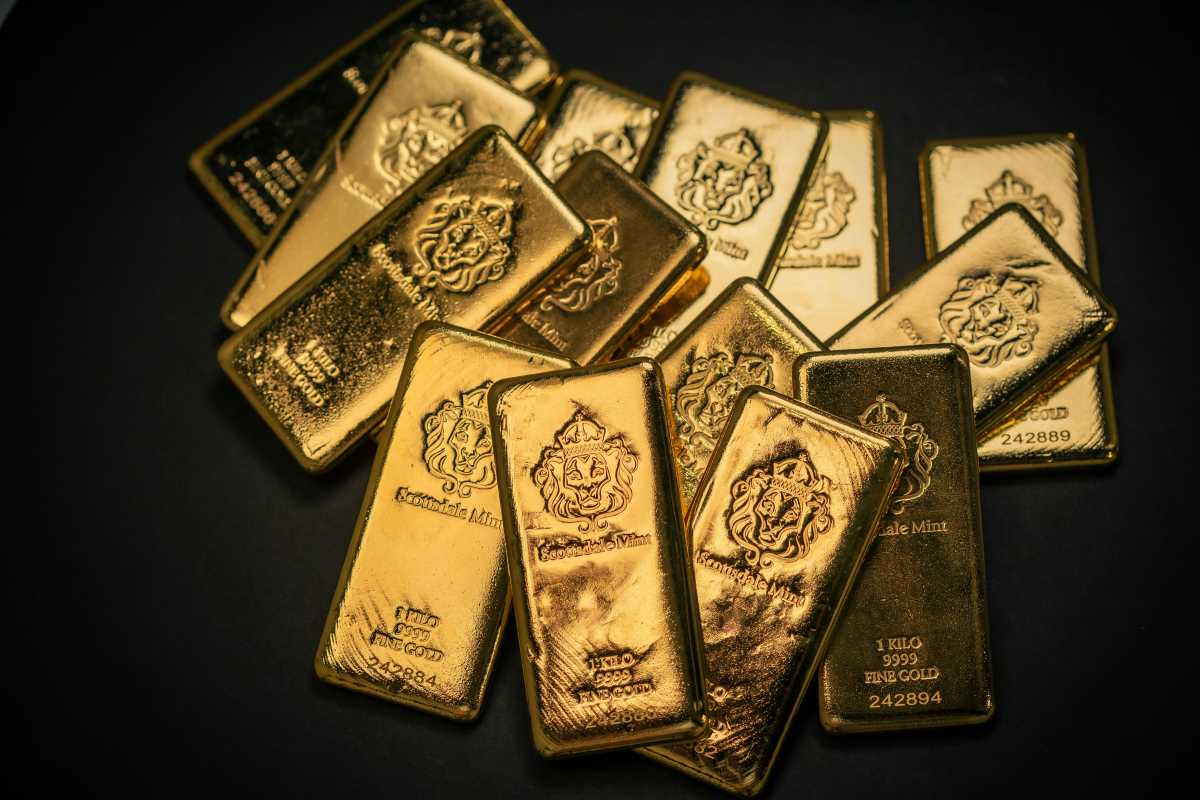If you’ve been exploring new investment opportunities lately, chances are you’ve come across the term “tokenized assets.” Maybe it sounds a bit futuristic or even tech-heavy, but rest assured, tokenized assets aren’t as confusing as they might seem. In fact, understanding them could open up exciting investment avenues that were once limited to high-net-worth individuals or institutional players.
Whether you're new to investing or a finance enthusiast eager to stay ahead of the curve, this blog will break down everything you need to know about tokenized assets, why they matter, and how they’re shaping the future of investments.
What Are Tokenized Assets?
At its core, a tokenized asset is a real-world asset—like real estate, art, stocks, or even commodities—that’s been “tokenized.” This means the ownership or rights to that asset are divided into digital units (or "tokens") on a blockchain, which is a decentralized digital ledger. Think of blockchain as a secure, transparent spreadsheet where all transactions, including token transfers, are recorded and cannot be altered.
Each digital token represents a share of the asset, meaning you can own a small percentage of it rather than buying the entire asset outright. This process makes high-value investments, like luxury apartments or rare paintings, more accessible to everyday investors.
For example, instead of needing $500,000 to buy an entire property, you could buy a $1,000 token that represents a small ownership stake in that property. This lowers the barrier to entry and allows people of all financial backgrounds to participate in markets once considered exclusive.
How Do Tokenized Assets Work?
The tokenization process starts with selecting an asset and representing it on the blockchain. Here’s how it works step-by-step:
- Selecting the Asset
A tangible item (like a building) or intangible item (like intellectual property) is chosen for tokenization.
- Creating Tokens
The total value of the asset is divided into smaller units or digital tokens. For example, if a property is worth $500,000, 500,000 tokens could be issued, each worth $1.
- Legal Framework
To ensure ownership of tokens corresponds to ownership rights in the real world, legal agreements are created. These agreements spell out what each token grants its owner—whether it’s a financial return or voting rights.
- Blockchain Technology
These tokens are then registered on a blockchain. Blockchains like Ethereum are commonly used for tokenized assets due to their ability to handle smart contracts (self-executing contracts with the terms written in code).
- Buying and Selling
Tokens are sold to investors via a marketplace. Once purchased, investors can trade tokens or hold onto them to enjoy potential future returns.
This process not only digitizes ownership but ensures security, as blockchain technology is transparent and tamper-proof.
Why Are Tokenized Assets a Big Deal?
You might be wondering why there’s so much buzz surrounding tokenized assets. Here are some of the key reasons they’re considered revolutionary:
1. Accessibility for All
One of the most exciting aspects of tokenized assets is how they democratize investing. Traditionally, many types of investments—like multi-million-dollar properties or rare collectibles—were out of reach for average investors. Tokenization makes it possible for everyday people to invest in valuable assets by breaking them into smaller, affordable units.
For instance, instead of needing millions to invest in fine art by legends like Picasso, you could own a fraction of that artwork for as little as $20. This approach opens the door for more people to enter previously exclusive investment markets.
2. Liquidity for Illiquid Assets
Illiquid assets, like real estate, can be difficult to sell quickly. You can’t just sell one bedroom of your rental property overnight. However, tokenized assets allow you to sell your ownership stake (via tokens) without liquidating the entire asset. This provides better liquidity, making it easier for investors to enter and exit positions.
3. Faster Transactions
Traditional asset transactions involve paperwork, intermediaries, and slow processing times. A real estate deal, for example, might take weeks—or even months—to finalize. Tokenized assets leverage blockchain technology to enable faster and smoother transactions, often completing within minutes.
4. Increased Transparency
Blockchain’s inherent transparency means every transaction involving tokenized assets is recorded on a secure, public ledger. This eliminates concerns about fraud or disputes over ownership rights. Additionally, since smart contracts execute transactions automatically, there’s less reliance on intermediaries.
5. Global Reach
Tokenized assets transcend borders. Whether the asset is located in New York or Tokyo, investors from around the world can purchase tokens. This expands your pool of investment opportunities to a global level.
Examples of Tokenized Assets in Action
Still trying to get your head around how tokenized assets work? Here are some real-world examples to illustrate their potential:
1. Real Estate
This is arguably the most popular application of tokenized assets today. Platforms like RealT offer tokenized real estate investments, allowing you to own fractions of rental properties. You receive your share of the rental income proportional to the number of tokens you own.
2. Art and Collectibles
Masterworks.io lets investors own shares of blue-chip artwork. If the art appreciates in value, so do your tokens.
3. Precious Metals
Gold and other precious metals are being tokenized to allow fractional ownership. Platforms like Digix Global offer tokens backed by physical gold, combining the stability of gold with blockchain-backed trading efficiency.
4. Stocks
Security tokens are tokenized representations of traditional securities like stocks. For instance, rather than owning one whole share of a company, you could own pieces of it through tokens, which makes building a diversified portfolio more achievable.
What Are the Risks?
While tokenized assets present exciting opportunities, it’s important to consider potential risks before jumping in:
1. Regulatory Uncertainty
Many jurisdictions are still catching up with blockchain technology, and tokenized assets sometimes fall into legal gray areas. Regulations vary from one country to the next, which could affect your investments.
2. Volatility
Like other digital assets, tokens can be volatile. While their underlying asset may retain stable value, the market for buying and selling tokens can fluctuate wildly.
3. Lack of Liquidity
Although tokenized assets promise improved liquidity, the market is still young. It might take time for buyers and sellers to gain sufficient traction to create highly liquid markets.
4. Complexity
Blockchain technology and tokenized investments can feel overwhelming to beginners. Understanding the ownership agreements, underlying value, and marketplace dynamics is crucial.
How Can You Start Investing in Tokenized Assets?
If you’re ready to explore tokenized assets, here’s how you can get started:
- Educate Yourself
Read up on blockchain technology and tokenized assets to ensure you’re comfortable with the concepts.
- Choose a Trusted Platform
Look for established platforms that offer tokenized investments, such as tZERO, RealT, or Masterworks.io.
- Evaluate the Underlying Asset
Whether it’s real estate, art, or gold, research the actual asset you’re investing in. Understand its market value, potential risks, and the credibility of the issuer.
- Start Small
If you’re new to this space, begin with a small investment to get a sense of how the process works.
- Stay Updated
Because the industry is evolving rapidly, keep an eye on changes in regulations, emerging platforms, and market trends.
Final Thoughts
Tokenized assets are transforming the world of investing, making it more inclusive, accessible, and efficient. By bridging the gap between the physical and digital worlds, they’re unlocking opportunities that could redefine how we think about ownership and wealth.
For new investors and finance enthusiasts alike, tokenized assets provide an exciting chance to diversify portfolios, participate in exclusive markets, and stay at the forefront of financial innovation. However, as with any investment, doing your homework and understanding the risks is key.
Could tokenized assets be the future of investing? You might want to grab a few tokens and find out for yourself!
 (Image source: Midjourney)
(Image source: Midjourney) 





